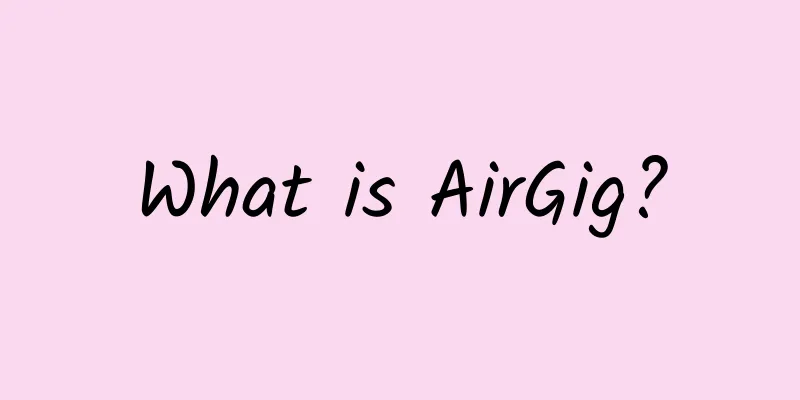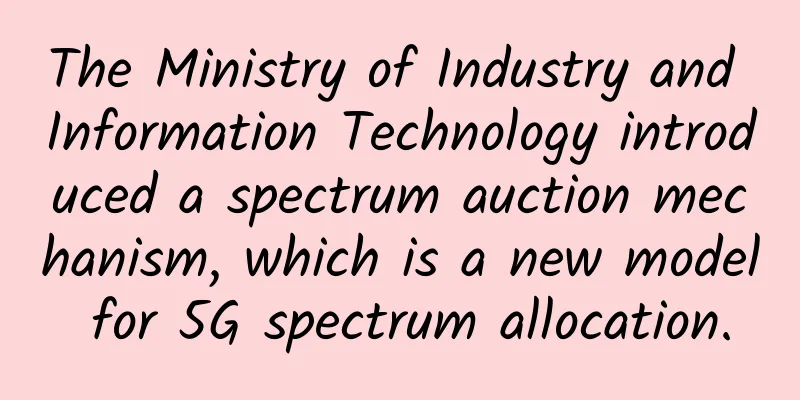Passive Wi-Fi technology bridges the digital divide

|
The digital divide is a term used to describe the gap between those who have access to the internet and digital technologies and those who do not. This divide has become increasingly evident in recent years as the internet has become an essential tool for communication, education, and economic growth. Despite efforts to bridge this gap, such as providing public Wi-Fi access points and investing in broadband infrastructure, a large portion of the global population remains unconnected. One potential solution to this problem is the development and implementation of passive Wi-Fi technology. Passive Wi-Fi is a new wireless communication technology that has the potential to change the way we connect to the Internet. Unlike traditional Wi-Fi, which requires a constant power source to transmit and receive data, passive Wi-Fi relies on backscatter communication. This means that it can reflect and modulate existing wireless signals, allowing devices to communicate with each other without the need for a powered transmitter. This greatly reduces the energy consumption of the device, allowing it to connect to the Internet using a small amount of power. The low power requirements of passive Wi-Fi make it an ideal solution for bridging the digital divide in areas with limited or unreliable electricity supply. In developing countries, where most of the unconnected population lives, access to a stable electricity supply can be a significant barrier to Internet penetration. By using passive Wi-Fi technology, it may be possible to provide Internet access to these communities without the need for expensive and complex infrastructure projects. Additionally, passive Wi-Fi devices are low-cost, making Internet access more affordable for low-income households. Traditional Wi-Fi routers and access points can be very expensive, especially for those living in poverty. On the other hand, passive Wi-Fi devices are expected to significantly reduce costs due to their lower power requirements and simpler design. This will make Internet access affordable to more people and help bridge the digital divide. Another advantage of passive Wi-Fi technology is its potential to improve the performance of existing Wi-Fi networks. The low power consumption of passive Wi-Fi devices means that they can operate without interfering with other wireless signals, thereby reducing the possibility of network congestion and improving the overall efficiency of the network. This is particularly beneficial in densely populated areas, where traditional Wi-Fi networks often struggle to keep up with the high demand for connections. Despite the potential benefits, there are still some challenges that need to be addressed before passive Wi-Fi can be widely adopted. One of the main issues is the limited range of passive Wi-Fi devices, which is currently around 100 feet. While this may be sufficient for small-scale applications, it may not be enough to provide comprehensive coverage over larger areas. However, the researchers are optimistic that this issue can be solved through further development and optimization of the technology. In summary, passive Wi-Fi technology has the potential to bridge the digital divide and provide Internet access to those who are currently unconnected. Its low power requirements and affordability make it an attractive solution for developing countries and low-income households, while its potential to improve the performance of existing Wi-Fi networks can benefit users in more developed regions. As research and development continues, we are likely to see widespread adoption of passive Wi-Fi technology in the coming years, helping to create a more connected and inclusive global society. |
<<: Talk about RocketMQ master-slave replication
>>: Does eSIM have a big impact on mobile network operators?
Recommend
[6.18] CMIVPS recharge gift 20%, Hong Kong high bandwidth VPS monthly payment 20% off / annual payment 30% off
CMIVPS has launched a special promotion for 6.18....
From theory to practice: the wide application of MUX VLAN in the network
Background of MUX VLAN MUX VLAN (Multiplex VLAN) ...
New space age opens opportunities for edge computing
Satellite communications are starting to become f...
What you don’t know about 5G
Having said that, the 5g era has been here for tw...
Unleashing the potential of 5G: 5G millimeter wave enters the commercial sprint stage
2021 is the year when 5G will be popularized at a...
Does Localhost necessarily mean Localhost?
[[405743]] We often use the localhost domain name...
Teach you Socket communication (TCP/IP) step by step
Two programs on the network exchange data through...
HostDare Double 11: 35% off Los Angeles KVM/CN2 GT annual payment starting from US$25.99
HostDare, which has been silent for almost a year...
How the Network Supports Zero Trust
[[354213]] Building a zero-trust architecture typ...
The results of 5G centralized procurement have been released one after another. How to divide the “cake”?
As all parties continue to increase their investm...
Will 5G messaging cover hundreds of millions of users? It’s not easy to poach people from WeChat
Have you ever thought about how long it has been ...
What else does 5G have besides being fast?
The chaos in the domestic communications industry...
MoeCloud Canada VPS annual payment starts from 99 yuan, San Jose/London CN2 GIA line annual payment starts from 499 yuan
MoeCloud is a foreign VPS hosting service provide...
You clearly have a 4G phone, but the operator still wants you to sign up for a 5G package?
According to data from the China Academy of Infor...
Overview of Telecommunications Industry Development in 2017
The telecommunications industry is a hot field th...









